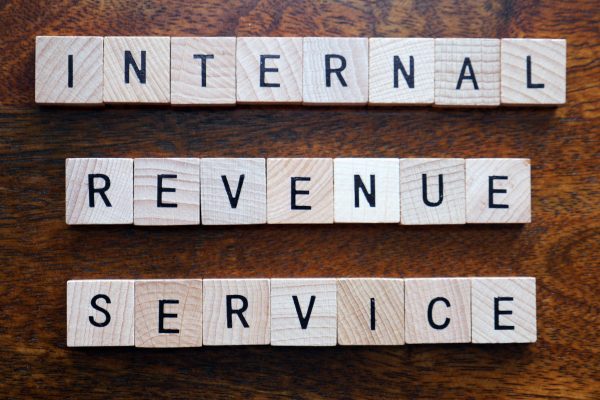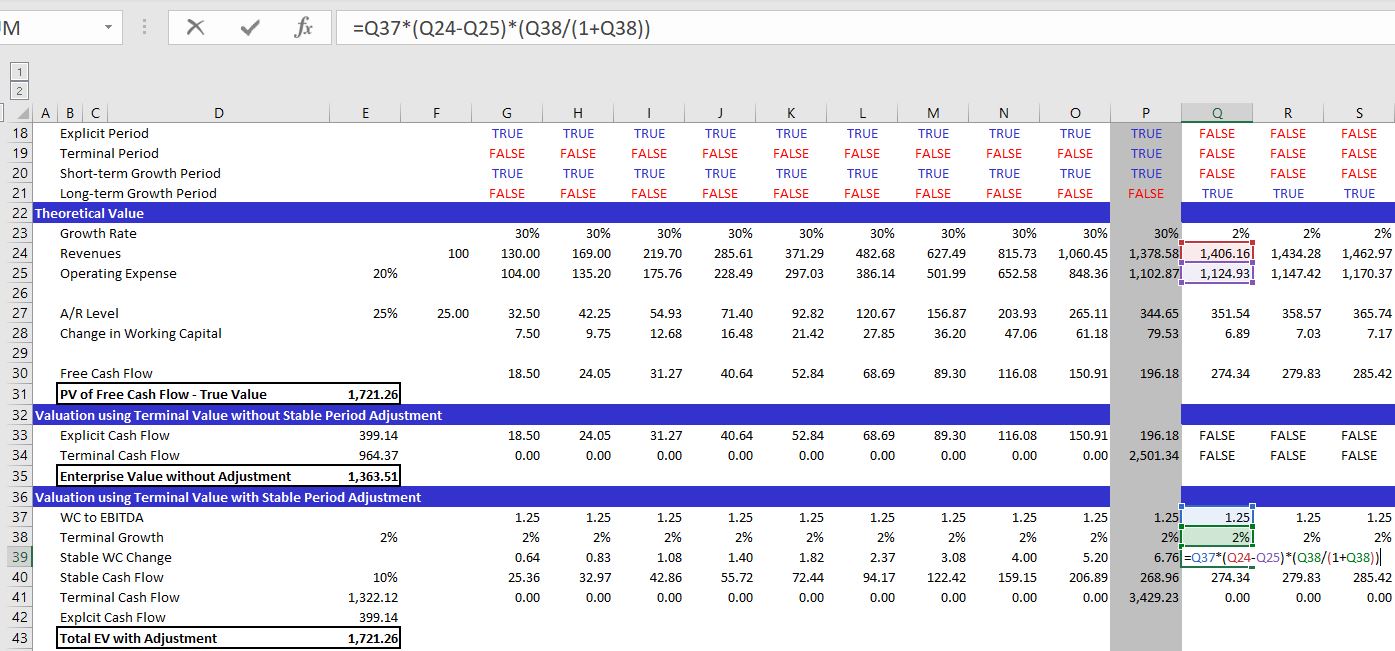

Finance
Definitive Guide To Investing For Dummies
Modified: September 6, 2023
Investing for dummies does not have to be complicated. Learn the basics and everything you need to know about investing with this definitive guide.
(Many of the links in this article redirect to a specific reviewed product. Your purchase of these products through affiliate links helps to generate commission for LiveWell, at no extra cost. Learn more)
Investing for dummies can be overwhelming at first. But do you ever wonder how the rich people in the world become so wealthy? A stable income and savings from their businesses are the obvious answers. How about the regular employees? Earning a paycheck from a 9-5 job can only do so much.
If you ask financially independent people on how they have optimized their savings and gained more than enough money, you will probably get the same answer. Most of them have made investments.
It is essential to start investing as early as you can so you can maximize your potential for long-term success. If you want to know how to do it, here is a definitive guide to investing for dummies.
What Is Investing?
Investing involves setting aside money with the hope of gaining income or profit in the future. Through making investments, you are putting your money to work while you do other things. The primary goal of investing is to yield growth for your money over time. But aside from gains, investments also have risks and losses.
When you invest and buy a share of stock from a company, you become the owner of a piece of that company. If the company does well, the price of the stock goes up and if it does badly, the price can go down.
There are different types of products you can invest in:
Stocks – ownership in a company
Bonds – a piece of the company’s debt
Exchange-Traded Fund (ETF) – a basket of stocks or bonds
Mutual Fund – a portfolio of stocks, bonds, or other securities

Photo from Pexels
Why Should You Invest?
The answer is simple. If you want to build wealth and be financially stable by the time you retire, investing is the way. Often, savings alone are not enough to achieve your financial goals. Investing for dummies is a good way to grow your hard-earned money. It will provide better returns for you in the long run.
Investing will also give you opportunities to increase your financial worth despite the risk of losses. But if you invest your money wisely, you have the potential of higher gains. The technique for investing for dummies is to educate yourself so you would know how to manage these risks.
What Are Bonds?
Bonds are debt security. As a debt, there is someone who borrows money, and another one who lends it. As a security, it means that the bond issuer or the borrower has a legal obligation to pay the bondholder or the lender.
When you purchase a bond, you are lending an amount of money to its issuer for a predetermined period. In exchange, the issuer makes regular interest payments at a fixed rate until the bond is due and repays your principal upon maturity.
Three Types of Bonds
1. Corporate – Corporate bonds are issued by corporations to raise capital for different business-related operations. It can be research, product development, or expansion. These tend to offer higher interest rates than other types, but the interest is taxable.
2. Municipal – Municipal bonds are issued by cities, states, and other localities to finance public projects and offer services. These bonds come in two varieties: general obligation and revenue. The interest in municipal bonds is lower than that of corporate bonds and is also exempt from taxes.
3. Treasury – Treasury bonds are issued by the government. The interest is exempt from state and local taxes, but it is taxable at the federal level. These bonds are considered virtually risk-free, but they do not offer the same interest rates as corporate bonds.
Photo from MaxPixel
How To Make Money From Investing In Bonds?
There are two ways you can make money from investing in bonds. First, by holding those bonds until their maturity date and collecting interest payments on them. Bond interests are normally paid twice a year.
Second, you can profit from bonds by selling them at a higher price than its initial price. For instance, if you paid $10,000 worth of bonds and you sell them for $11,000 when their market value increases, you can take home the $1,000 difference.
Exchange-Traded Fund (ETFs) vs. Mutual Funds?
Exchange-Traded Funds are increasingly popular with investors because they track market indexes and offer tax-efficiency advantages, whereas Mutual Funds appeal to investors because they provide a wide selection of funds that are actively managed. Generally, there is also more turnover within a mutual fund compared to an Exchange-Traded Fund.
Another part of the ETFs’ appeal is they have lower fees than Mutual Funds. This is largely because most mutual funds are actively managed compared to the more often passively managed ETFs. Lastly, Exchange-Traded Funds trade actively throughout the day while the Mutual Funds trade at the end of the day.
Photo from MaxPixel
How To Make Money From Investing In ETFs?
The kind of investment the investor holds will entirely determine the income. The Exchange-Traded Fund is regarded as one category of a trust fund. Thus, you can gain profit by investing in stocks, preferred stocks, bonds, commodities that include gold, silver, diamond, and some popular indexes.
How To Make Money From Investing In A Mutual Fund?
You can make money in three ways from investing in a mutual fund. First, you can earn income from interest on bonds and dividends on stocks. Second, a mutual fund pays out all the net income it receives in the form of a distribution. And third, through capital gain, which is an increase in the price of securities.
What Is The Stock Market?
The stock market is a collection of exchanges and different markets. It is a place where individual and institutional owners can buy and sell stocks or transact with other potential buyers. Investing in the stock market is a good way to gain experience as an investor.

Photo by Lorenzo Cafaro from Pixabay
What Is A Stock?
A stock represents ownership. It is an investment that is also known as “share” or a company’s “equity”. If you purchase a stock, you own a part of that company or corporation. You become a shareholder. As a shareholder, you also have a claim on what the company owns (assets) and what they generate in profits (earnings).
Stock prices are constantly fluctuating every day. Investors buy stocks they think are profitable and will go up in value. If it is profitable, the price of stock will most likely rise. However, if it is not profitable, the price of stock will probably fall over time.
Stock investors also face the risk of the company losing their value or going out of business. It may result in the loss of all or some of their investment. That is why it would be better for investors to purchase stock from many companies rather than just one.
Two Types of Stock
Stock has two main types: common and preferred. The common stock is what most investors usually own in a public company. This type of stock may pay dividends, but the dividends are not fixed and guaranteed. On the other hand, preferred stock pays fixed dividends. Owners can expect a certain amount of income from the company’s earnings each year.
The rights also differ for common and preferred stock. While common stock gives shareholders a right to vote in the company, the preferred stock does not give shareholders the same voting rights.

Photo by William Iven from Pixabay
How To Make Money From Investing In The Stock Market?
To make money investing in the stock market, the first step would be purchasing a stock. Once you own one, you can now generate profit in two different ways: If the stock price increased during the time you own it, you can sell it for more than what you paid for.
You can also be paid through dividends. These are payments made by a company to its investors or shareholders. It is important to keep in mind that not all stocks pay dividends. If they do so, it is usually done every quarter.
How To Start Investing For Dummies?
1. Identify Your Investment Goals
Once you have learned the basics about investing for dummies and the stock market in general, it is time to identify and set your goals. Each investor comes from a different status and background and therefore has different financial needs.
For example, you may want to invest in an emergency fund, for your children’s education, or to save for early retirement. Once you have established what your goals are, you can begin to decide how much money you will invest. Also, determine what investment vehicle is best suited to fit your goal.
2. Find An Accredited Broker And Open An Account
Stockbrokers are licensed individuals or institutions that buy and sell stocks. To make investments or trade stocks, you will need a broker to make these transactions for you. There are two types of brokers you can choose from: traditional or online.
Traditional Brokers – These are actual people that make the transaction for you. If you are only starting in stock market investing, it is a good choice. Traditional brokers are equipped with a higher level of expertise. They provide more service and professional advice. For that reason, this option may cost higher.
Online Brokers – This is a DIY option and advisable if you have enough knowledge in the stock market already. Here you will simply log into the broker’s website and do the transactions by yourself. It is faster and cheaper than the traditional one. However, if you are only a beginner, this may seem confusing because no one is there to guide you.
You can also choose to invest at Robo-advisors (e.g. StashAway, Betterment). These are wealth management digital platforms that handle most of the work for you. They are easy, convenient, and personalized according to your investing goals. Robo-advisors help you build an optimal portfolio and maintain your risk level.
After choosing a stockbroker and giving the requirements needed, you can now begin to open your investment account. They usually require a deposit to fund your account before you can finally start investing.
Photo from MaxPixel
3. Choose A Type Of Investment
Stock market investing involves two investment types: individual and stock mutual funds.
Individual stocks – You can purchase a single share or a few shares from a specific company.
Stock mutual funds – These are sometimes called equity mutual funds. When you invest in mutual funds, you are purchasing small pieces of different stocks in a single transaction.
In this step, you will decide which stock to buy. It is advisable to study and look into companies that have a low risk and will produce greater returns in the long term.
4. Start Investing In The Stock Market
Investing for dummies involves different strategies and approaches. Especially in the stock market, some investors like to buy and hold stocks for a long time. Others like to trade, buy and sell stock over a short-term period – be it a day, a week, or a month.
5. Follow Up On Your Investments
After you have invested your money, you are still not done yet. You also need to do some follow up on your investments every now and then. Once you have placed your first trade, do not just forget about them. You should evaluate your portfolio once a quarter or at least once a year.
Note that investing in ETFs and mutual funds is much less hands-on compared to stocks. That is why you should also think about setting up automatic investing. Over time, this will build your portfolio and help you learn more about investments.

Photo from MaxPixel
How you will invest your money is really up to you. There are lots of ways you can grow your funds. You can choose to invest them in the form of stocks, bonds, exchange-traded funds, or mutual funds and build a diverse portfolio.
It is important to keep educating yourself about your investments. Once you have learned more about them, you can use that knowledge to your advantage. That, along with time, effort, and patience, are the keys to a successful investing for dummies.














